Meat in Your Diet
Do I need to eat meat?
No. Not at all. There is no need for people to eat meat to survive. People who do not eat meat (vegans) live about 7 years longer than people who do eat meat. Eating meat also increases your cancer risk.
However, meat does contain nutrients like protein, zinc, vitamin B12, and iron. Therefore, if you don’t eat meat, you will have to get these nutrients through other foods like these:
Dairy Products
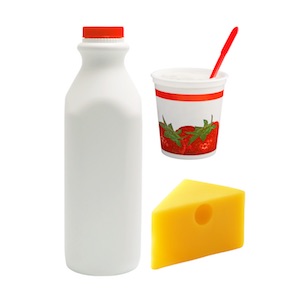
Yogurt, milk, and cheese, are all dairy products. Even other types of milk like almond milk and soy milk can be thought of as dairy products since these foods contain similar nutrients, like vitamin D, protein, calcium, and potassium. Three servings of dairy products a day (1 serving = 1 cup of milk or yogurt, or 1 oz of cheese), will provide the nutrients that you need. Consider choosing low-fat or fat-free dairy products to avoid eating saturated (unhealthy) fats. Lactose intolerant? No problem. There are plenty of lactose-free options, such as Lactaid®, and soy milk, that offer the same nutrients as other dairy foods.
Eggs
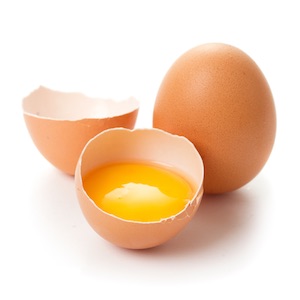
Eggs contain protein, zinc, and iron. Almost all of the protein in eggs is found in the white (not in the yolk).
Fish
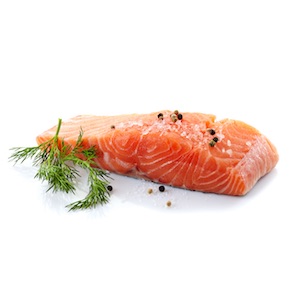
Fish, particularly some types of fish like salmon, tuna and mackerel, contains omega-3 fatty acids which may help fight cancer. Fish also has vitamins A and D, selenium, and protein.
Legumes
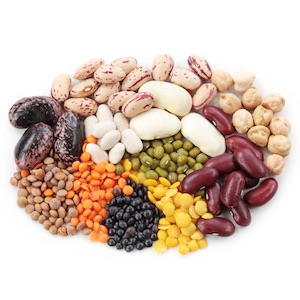
Legumes are a great source of plant protein, zinc, and iron.
Legumes: Kidney beans, pinto beans, lima beans, garbanzo beans, black beans, lentils, peanuts, and split peas.
Nuts
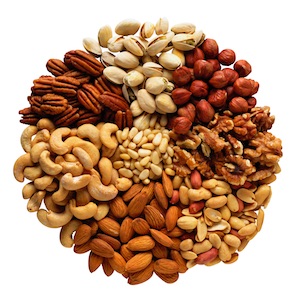
Nuts are a great source of fiber, plant protein, zinc, iron, and healthy fats.
Nuts: Pecans, macadamia nuts, pistachios, Brazil nuts, almonds, cashews and walnuts
What should I consider “meat”?
Animal flesh that is eaten as food is considered meat. Examples include red meat (pork, lamb, beef, and wild game, such as venison) and white meat (chicken and turkey).
Red Meat (dark meat)
Red meat is also known as dark meat. It is called red meat because it is red when it is uncooked.
Examples: lamb, beef, pork, and venison.
White Meat (poultry)
Poultry is white meat. White meat is pale in color both before and after cooking.
Examples: any sort of poultry, such as chicken, turkey, Cornish game hens, etc.
What about red meat and cancer?
Eating 100 grams of red meat or 50 grams of processed meat a day increases your chances of getting colon cancer by 15-20%! Breast, esophagus, lung, renal, ovarian, kidney, pancreatic, prostate, and stomach cancer are also all linked to eating red and processed meats. To decrease your cancer risk, you should limit the amount of red meat that you eat.
Where does fish fit in?
Fish is not considered meat. It is healthier than meat and you should eat fish instead of meat if possible. Fish also contains omega-3 fatty acids that may help fight cancer.
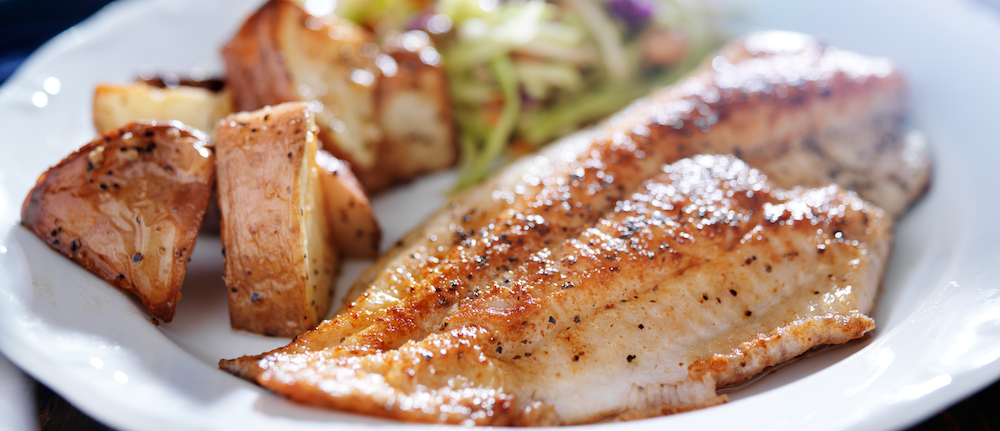
How do I know how much protein to eat?
You should eat 5-6 oz of protein a day. If you look at the picture of MyPlate, then you will notice that “meat” is missing from the plate. Instead, you see “protein”. Protein does include meat, but it also pertains to poultry, fish, dry beans, eggs, and nuts (protein sources that you, as a cancer survivor, should more readily rely on).
What is my plate?
It is new and improved version of the food pyramid. A plate is used to help you know how much of each group you should be eating. Notice in the picture below that protein occupies roughly 20% of the plate.
How should I cook meat?

Roasting (baking) and poaching (steaming) do not add extra calories to the meat you cook, whereas sautéing and frying adds fat and a lot of calories. Frying is particularly bad since it also cooks meat at higher temperatures and creates cancer causing chemicals.
While grilling and broiling, doesn’t add extra calories, these high temperature cooking methods also create harmful chemicals. Therefore, limit how often you grill and when you do grill:
- Reduce the temperature
- Increase the distance from the flame (or heat source) and the food you are preparing
- Avoid flare-ups
- Use foil or other barriers
When you do eat barbequed foods be extra mindful to consume plenty of vegetables and fruits.
What are processed meats?
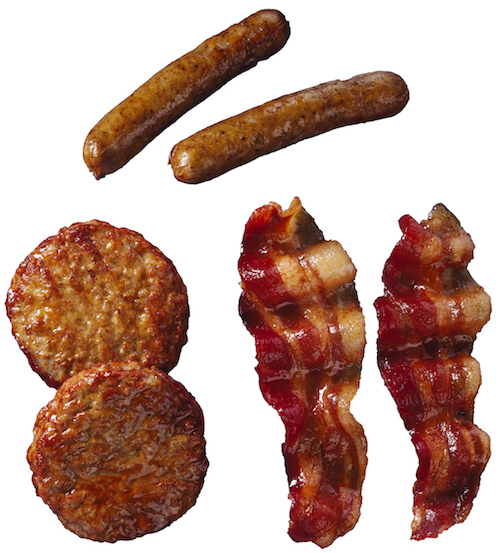
Hotdogs, sausage, bacon, ham, and salami are all processed meats. They are cured, salted, dried, canned, or smoked to preserve them. You should avoid eating processed meats. Eating processed meats puts you at increased risk for stomach and colorectal cancers. For example, if you eat 50 grams of processed meat every day, then you are 18% more likely to get colorectal cancer.
What does 50 grams of processed meat look like?
- 3 slices of bacon
- 6 thin slices of ham
- 1 hotdog